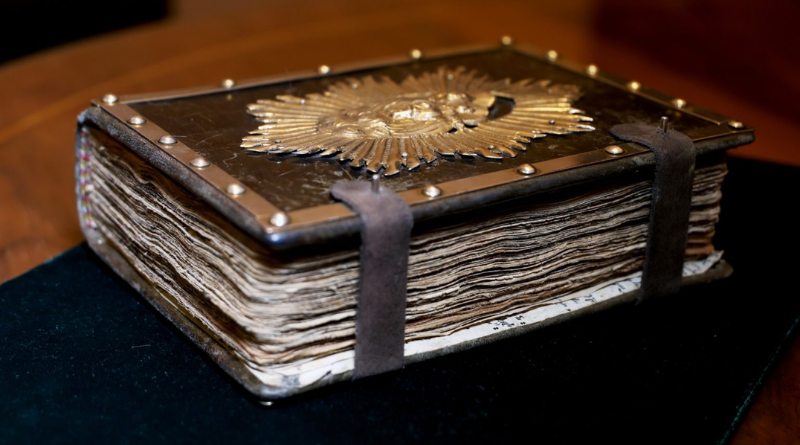
17th-Century Gospel Donated to the Matenadaran
The Mesrop Mashtots Institute of Ancient Manuscripts (Matenadaran) in Yerevan has received a Gospel created in 1657 in the village of Shatakh, located in the historical province of Ganja. According to the manuscript’s colophon, it was written by scribe Hovhannes.
The manuscript features a newly leather-bound cover, retaining its original metal elements, including ribbed frames. The front panel showcases a high-relief depiction of the Virgin Mary with the infant Jesus in a radiant halo, gilded in silver. The back panel displays a flat-relief figure of an Evangelist, also gilded in silver.
The Gospel consists of 300 parchment pages, adorned with portraits of the four Evangelists and miniatures representing the finest examples of 17th-century Armenian folk art.
Its historical significance lies in its origin from the Gandzak province, from which only a few handwritten manuscripts have survived. Shatakh, known in the 17th century as a center of Armenian manuscript production, adds to its importance. This Gospel enriches and affirms the legacy of Shatakh’s scribal tradition. In addition to its renowned manuscript production, Shatakh was famous for its shawl-making industry, producing high-quality shawls from the wool of Angora goats. The region also preserves Armenian architectural landmarks such as the churches of St. Stephen and St. Karapet.
